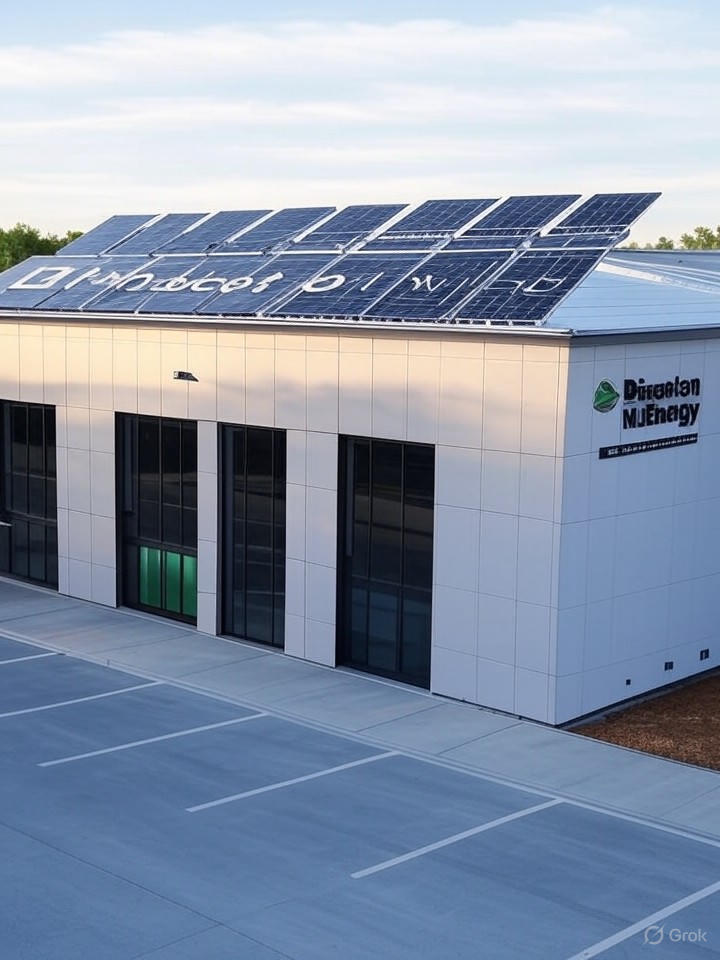In the heart of Chester, South Carolina, a quiet revolution in battery recycling is unfolding. Princeton NuEnergy has inaugurated what it claims is the first commercial-scale facility in the U.S. dedicated to lithium-ion battery recycling, boasting a remarkable 97% recovery yield. This milestone, detailed in a recent report by Energy Reporters, promises to reshape how the industry handles end-of-life batteries from electric vehicles and consumer electronics.
The facility employs a proprietary low-temperature plasma-assisted separation (LPAS) process, which not only extracts valuable materials like lithium, cobalt, and nickel with unprecedented efficiency but also slashes operational costs by 38% compared to traditional methods. Industry experts note that this could address the growing pile of battery waste, projected to reach millions of tons annually as EV adoption surges.
Pioneering Technology and Economic Edge
At the core of Princeton NuEnergy’s approach is the LPAS technology, spun out from Princeton University research. Unlike conventional pyrometallurgical or hydrometallurgical recycling, which often involve high energy inputs and toxic byproducts, LPAS operates at lower temperatures, minimizing energy use and emissions. According to insights from the company’s own announcements on Princeton NuEnergy’s website, this method reduces carbon dioxide output by up to 70% while rejuvenating cathode materials directly for reuse in new batteries.
Cost savings are a major draw for manufacturers. The 38% reduction stems from streamlined processing that avoids extensive chemical treatments, making recycled materials competitive with virgin ones. As reported in PR Newswire, the company secured $16 million in Series A funding in 2023 to scale this tech, attracting investors betting on a circular economy for critical minerals.
Regulatory Compliance and Expansion Plans
The Chester plant is fully compliant with U.S. environmental regulations, a critical factor as scrutiny over battery waste intensifies. It starts with a capacity of 5,000 tons per year, focusing on producing “advanced black mass”—a concentrated precursor for battery-grade materials. By 2026, expansion aims to triple that to 15,000 tons, positioning the U.S. as a leader in domestic recycling and reducing reliance on foreign mining, per details in ESG Dive.
This move aligns with broader policy shifts, including extended producer responsibility (EPR) rules in states like Washington, which are pushing for mandatory recycling programs. Industry insiders see Princeton NuEnergy’s facility as a blueprint, potentially inspiring similar ventures amid federal incentives from the Inflation Reduction Act.
Environmental Benefits and Industry Implications
Beyond economics, the environmental upside is profound. Traditional recycling generates significant waste and pollution, but LPAS cuts water usage by 50% and avoids hazardous slag. A feature in Interesting Engineering highlights how the 97% yield turns old batteries into high-value feedstock, closing the loop on resource extraction and mitigating mining’s ecological toll.
For EV makers and battery suppliers, this breakthrough means more stable supply chains. With global demand for lithium soaring, facilities like this could prevent shortages while curbing the environmental footprint of extraction in regions like South America’s lithium triangle. As one analyst noted, it’s not just about recycling—it’s about redefining sustainability in energy storage.
Challenges Ahead and Future Outlook
Yet, scaling remains a hurdle. Princeton NuEnergy must navigate supply chain logistics for collecting spent batteries nationwide, a challenge amplified by fragmented collection systems. Discussions on platforms like Reddit’s r/energy reveal community enthusiasm but also concerns over initial capital costs and competition from established players like Redwood Materials.
Looking forward, the company’s trajectory suggests rapid growth. With plans for cathode manufacturing integration, as outlined in Princeton Engineering, Princeton NuEnergy could capture a significant share of the $20 billion recycling market by 2030. For industry insiders, this facility isn’t just a plant—it’s a signal that battery recycling has entered its commercial prime, balancing profit with planetary health.




 WebProNews is an iEntry Publication
WebProNews is an iEntry Publication